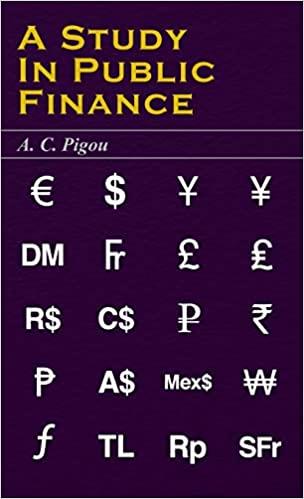
3. Suppose employers face the following payroll tax for each worker: StWh if Wh where w is the hourly wage, h is the total number of hours worked, and is a threshold. For each employee, the firm is required to pay taxes equal to fraction ti on all earnings in a year below the threshold and a fraction t2 on all earnings that exceed this threshold. Assume that output depends only on the number of hour worked (i.e. the firm can increase output by the same amount by either hiring a new worker work one hour or having an existing employer work one additional hour). Answer the following: (a) Suppose that t2 >ti. Draw a diagram of the firm's payroll tax vs. hours worked for a single employee. Assume the wage rate is high enough that a work will reach the threshold upon working 35 hours per week (or 1750 hours per year). Is this a variable or a quasi-fixed cost for the firm? (b) Assuming the only two costs of labour are the payroll tax and the wage, how should the firm choose the hours of each worker to minimize the payroll tax it pays. Explain. (c) Suppose instead that t2 = 0. Again, draw a diagram of the firm's payroll tax vs. hours worked for a single employee. Is this variable a variable or a fixed-quasi cost for the firm? How should the firm choose the hours of each worker to minimize the payroll tax it pays in this case? (d) Suppose instead the payroll tax is administered as a "head tax," where the firm is required to pay a tax of t for each employee. Is this a variable of a quasi-fixed cost of the firm? How should the firm choose the hours of each worker to minimize the payroll tax it pays in this case? (e) Suppose the government wishes to encourage full-time employment (35+ hours per week, or 1750+ hours per year). In particular, the government would like to maximize the number of full-time jobs available. How might the government design its payroll tax to meet this goal? 3. Suppose employers face the following payroll tax for each worker: StWh if Wh where w is the hourly wage, h is the total number of hours worked, and is a threshold. For each employee, the firm is required to pay taxes equal to fraction ti on all earnings in a year below the threshold and a fraction t2 on all earnings that exceed this threshold. Assume that output depends only on the number of hour worked (i.e. the firm can increase output by the same amount by either hiring a new worker work one hour or having an existing employer work one additional hour). Answer the following: (a) Suppose that t2 >ti. Draw a diagram of the firm's payroll tax vs. hours worked for a single employee. Assume the wage rate is high enough that a work will reach the threshold upon working 35 hours per week (or 1750 hours per year). Is this a variable or a quasi-fixed cost for the firm? (b) Assuming the only two costs of labour are the payroll tax and the wage, how should the firm choose the hours of each worker to minimize the payroll tax it pays. Explain. (c) Suppose instead that t2 = 0. Again, draw a diagram of the firm's payroll tax vs. hours worked for a single employee. Is this variable a variable or a fixed-quasi cost for the firm? How should the firm choose the hours of each worker to minimize the payroll tax it pays in this case? (d) Suppose instead the payroll tax is administered as a "head tax," where the firm is required to pay a tax of t for each employee. Is this a variable of a quasi-fixed cost of the firm? How should the firm choose the hours of each worker to minimize the payroll tax it pays in this case? (e) Suppose the government wishes to encourage full-time employment (35+ hours per week, or 1750+ hours per year). In particular, the government would like to maximize the number of full-time jobs available. How might the government design its payroll tax to meet this goal







